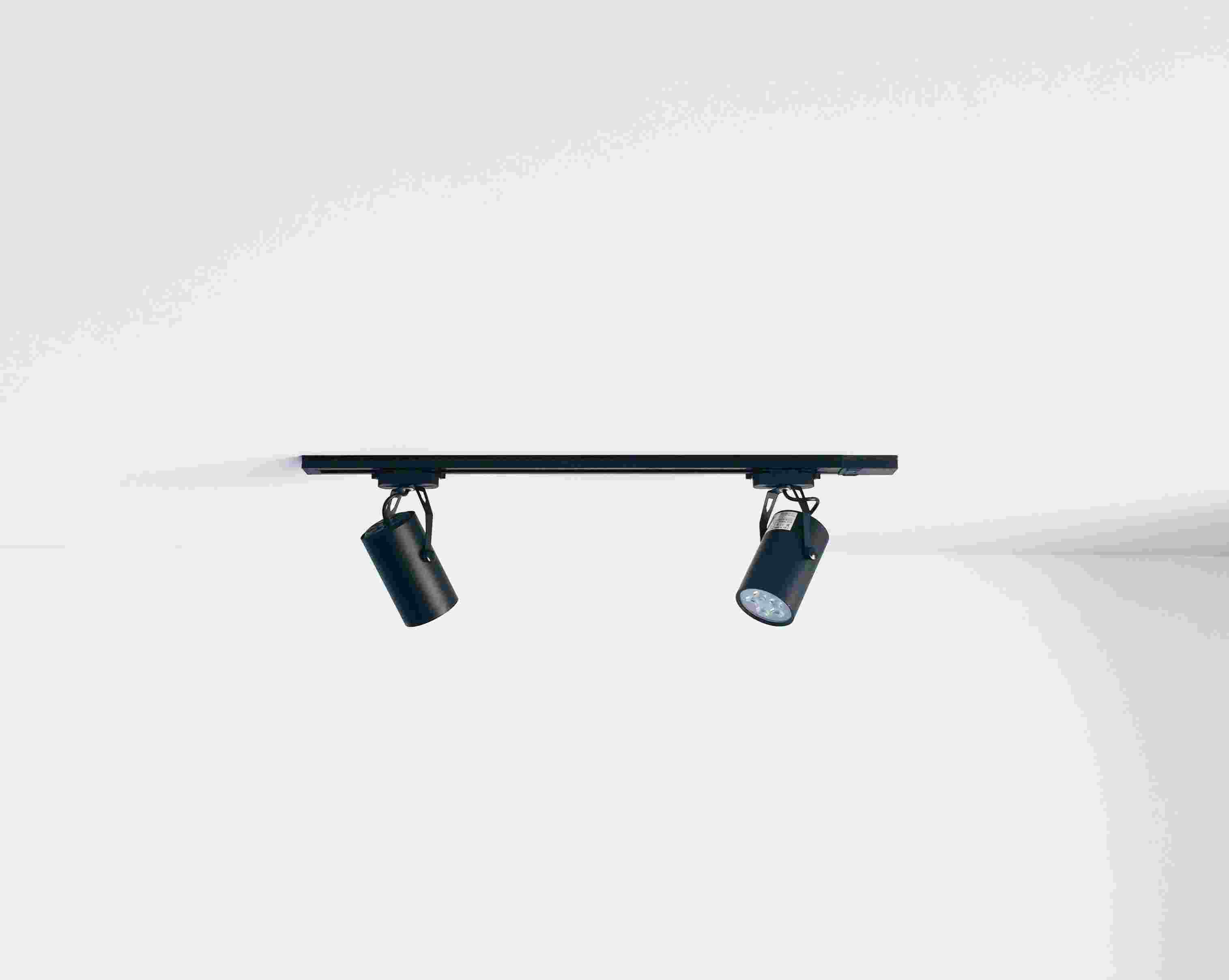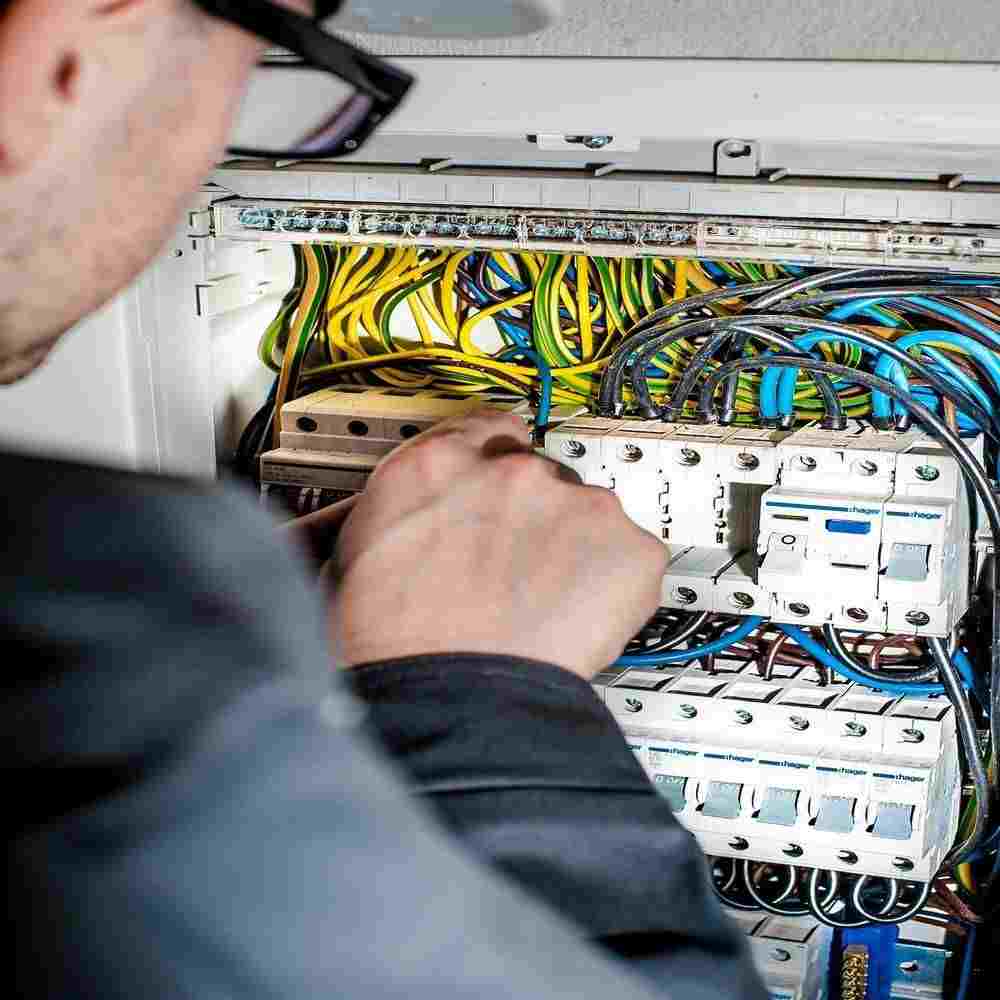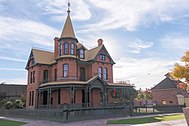Electrician in Marble Canyon
Electrician Marble Canyon
It can be time-saving and frustrating to get a detailed quote from a professional electrician. A good electrician will always describe a job as accurately as possible. Not only should you give your customer the most accurate estimate, but it is also crucial to explain every detail clearly. You will get the most accurate quote and be able to rest assured that you are receiving what you have paid for.

Electricians Marble Canyon
An electrician is an individual who designs, installs and repairs electrical systems. They ensure that their work meets all safety standards. The U.S. Bureau of Labor Statistics reported that there were 655,840 electricians working in the United States as of May 2018. To diagnose electrical problems, electricians use a variety testing tools and diagrams. The National Electrical Code outlines safety codes that electricians must adhere to when testing wiring and circuits.
Electrician in Marble CanyonElectrician in Marble Canyon
It is essential to have a licensed electrician inspect the home. You can inspect your own electrical system but it's best to let professionals do it. Home inspectors must inspect all wiring. They should also note any tree branches that could be interfering. Inspectors should check that any visible wiring has been covered in insulation and is free from metal. Underground wiring might be found in older neighborhoods. It is possible for underground wiring to be present in newer neighborhoods. Home inspectors should therefore only open the main boxes if they find signs of corrosion.


Electricians Marble Canyon
An electrician's duties include installing, maintaining, and repairing electrical systems, such as lighting and wiring systems, as well as providing repairs and maintenance to existing systems. In addition to wiring installations, electricians may also install street lights, telephone lines, intercom systems, and electrical control systems. During the construction process, electricians use various hand tools and test equipment to identify and fix malfunctioning equipment. They also inspect and maintain electrical systems and equipment, and they may also provide advice to management regarding potentially hazardous electrical operations.
Marble Canyon Electrician
An electrician will conduct an inspection of your electrical system to make sure that all components comply with current safety standards. The National Electrical Code sets the minimum standards for electrical safety. When the inspection is complete, the electrician will present a prioritized checklist of immediate issues. The electrician will also make recommendations for possible improvements and upgrades. These assessments are a great way of saving money and energy.

Electrician Marble Canyon AZ
Avoid overloading electrical outlets. Over-use of electrical outlets can result in an electric fire. It is important to ensure that electrical outlets are safe to use and can handle the load you have put them through. Extension cords can be dangerous as they are often not capable of carrying the same current as permanent wiring. Extension cords may also heat up. You should be cautious when using these electrical appliances.
Electricians Marble Canyon Arizona
It is vital to determine how long an electrician has been in business. This is essential when you are hiring an electrician to fix your home’s electrical problems. Instead of hiring someone who has a limited work history and a poor resume, focus your search on electricians with long lists of satisfied customers.

About Phoenix AZ
Phoenix, Arizona
|
Phoenix, Arizona
|
|
|---|---|
| City of Phoenix | |
|
Clockwise, from the top: Downtown Phoenix, St. Mary's Basilica, Rosson House, Mystery Castle, Camelback Mountain, Arizona State Capitol, Arizona Science Center, Chase Tower, and the Papago Park
|
|
|
|
|
| Nickname(s):
"Valley of the Sun", "The Valley"
|
|

Interactive map of Phoenix
|
|
Coordinates:  33°26′54″N 112°04′26″WCoordinates: 33°26′54″N 112°04′26″WCoordinates:  33°26′54″N 112°04′26″W 33°26′54″N 112°04′26″W |
|
| Country | United States |
| State | Arizona |
| County | Maricopa |
| Settled | 1867 |
| Incorporated | February 25, 1881 |
| Founded by | Jack Swilling |
| Named for | Phoenix, mythical creature |
| Government | |
| • Type | Council-Manager |
| • Body | Phoenix City Council |
| • Mayor | Kate Gallego (D) |
| Area | |
| • State Capital | 519.28 sq mi (1,344.94 km2) |
| • Land | 518.27 sq mi (1,342.30 km2) |
| • Water | 1.02 sq mi (2.63 km2) |
| Elevation | 1,086 ft (331 m) |
| Population
(2020)
|
|
| • State Capital | 1,608,139 |
| • Estimate
(2021)[3]
|
1,624,569 |
| • Rank | 5th in the United States 1st in Arizona |
| • Density | 3,102.92/sq mi (1,198.04/km2) |
| • Metro | 4,845,832 (11th) |
| Demonym | Phoenician |
| Time zone | UTC−07:00 (MST (no DST)) |
| ZIP Codes |
85001–85099
|
| Area codes | |
| FIPS code | 04-55000 |
| GNIS ID(s) | 44784, 2411414 |
| Major airport | Phoenix Sky Harbor International Airport |
| Secondary Airports | Deer Valley Airport Phoenix–Mesa Gateway Airport |
| Interstates | |
| U.S. Highways | |
| State Routes | |
| Public transportation | Valley Metro |
| Website | www |
Phoenix (/ˈfiːnɪks/ FEE-niks; Navajo: Hoozdo; Spanish: Fénix or Fínix,[citation needed] Walapai: Banyà:nyuwá[5]) is the capital and most populous city of the U.S. state of Arizona, with 1,608,139 residents as of 2020.[6] It is the fifth-most populous city in the United States,[7] and one of only two U.S. state capitals with a population of more than one million residents, along with Austin, Texas.[8][9][10]
Phoenix is the anchor of the Phoenix metropolitan area, also known as the Valley of the Sun, which in turn is part of the Salt River Valley. The metropolitan area is the 11th largest by population in the United States, with approximately 4.85 million people as of 2020.[9] Phoenix, the seat of Maricopa County, has the largest area of all cities in Arizona, with an area of 517.9 square miles (1,341 km2), and is also the 11th largest city by area in the United States.[11] It is the largest metropolitan area, both by population and size, of the Arizona Sun Corridor megaregion.
Phoenix was settled in 1867 as an agricultural community near the confluence of the Salt and Gila Rivers and was incorporated as a city in 1881. It became the capital of Arizona Territory in 1889.[12] It is in the northeastern reaches of the Sonoran Desert and has a hot desert climate.[13][14] Despite this, its canal system led to a thriving farming community with the original settlers' crops remaining important parts of the Phoenix economy for decades, such as alfalfa, cotton, citrus, and hay.[15][16] Cotton, cattle, citrus, climate, and copper were known locally as the "Five C's" anchoring Phoenix's economy. These remained the driving forces of the city until after World War II, when high-tech companies began to move into the valley and air conditioning made Phoenix's hot summers more bearable.[17]
The city averaged a four percent annual population growth rate over a 40-year period from the mid-1960s to the mid-2000s.[18] This growth rate slowed during the Great Recession of 2007–09, and has rebounded slowly.[19] Phoenix is the cultural center of the state of Arizona.[20] Phoenix is also majority minority, with 42.6% of its population identifying as Hispanic and 42.5% as "white" in the 2020 census.[21]










